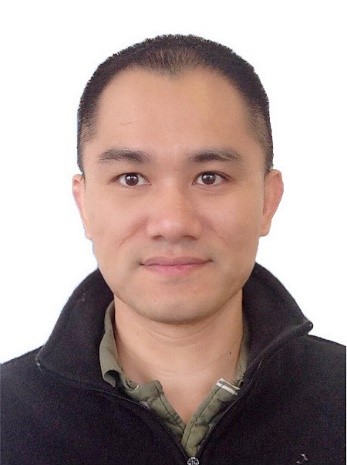
Dr. Qichao Tu
tuqichao@sdu.edu.cn, tuqichao@outlook.com
Qichao Tu mainly backgrounded in bioinformatics and microbial ecology. His previous work focused on the responses of microbial communities to environmental changes, the potential ecology theories that microbial communities follow, and development of bioinformatics tool and algorithms for microbial ecological studies. Using cutting edge technologies including metagenomics and bioinformatics, we systematically analyzed the responses of microbial communities to global climate change such as increasing atmospheric CO2. We also developed several high throughput functional gene arrays for metagenomic profiling and strain/species level identification of microbial communities, including GeoChip and HuMiChip. We also developed several algorithms and databases for strain/species identification and metagenomic profiling in post-genomic and metagenomic era. In the future, efforts will be made to disentangle the community structure, function, diversity, biogeography, community assembly mechanisms, and the roles in global biogeochemical cycling of marine microbial communities.
Ph.D., University of Oklahoma (2008-2014)
Postdoctoral Fellow, Institute for Environmental Genomics, University of Oklahoma (2014-2015)
Visiting Scholar, Divition of Biology, Los Alamos National Lab (2010-2011)
Assistant Professor, Qiushi Young Scholar, Zhejiang University (2015-2018)
Professor, Qilu Young Scholar, Shandong University (2018-)
Research Interests:
Microbial Ecology, Bioinformatics
Selected Publications:
1. Tu et al., NCycDB: a curated integrative database for fast and accurate metagenomic profiling of nitrogen cycling genes. Bioinformatics. (2019), 35(6): 1040-1048.
2. Tu et al., Metagenomic reconstruction of nitrogen cycling pathways in a CO2-enriched grassland ecosystem, Soil Biology and Biochemistry, (2017) 106, pp 99-108, 2017/3.
3. Tu et al., HuMiChip2 for strain level identification and functional profiling of human microbiomes. Appl Microbiol Biotechnol,(2017) 101(1), pp 423-435, 2017/1.
4. Tu et al., Gene content dissimilarity for subclassification of highly similar microbial strains. BMC Genomics. (2016) 17:647.
5. Tu et al., Biogeographic Patterns of Soil Diazotrophic Communities across Six Forests in North America. Molecular Ecology. (2016) 25, 2937–2948.
6. Tu et al., The diversity and co-occurrence patterns of N2-fixing microbial communities in a CO2-enriched grassland soil ecosystem. Microbial Ecology. (2016) 71(3):604-15
7. Tu et al., Fungal communities respond to long-term CO2 elevation by community reassembly. Applied and Environmental Microbiology. (2015) 81(7): 2445-2454.
8. Tu et al., Strain/Species identification in metagenomes using genome-specific markers. Nucleic Acids Research. (2014) 42.8: e67-e67. (Editor's pick by Genomeweb)
9. Tu et al., “GeoChip 4: a functional gene arrays-based high throughput environmental technology for microbial community analysis”. Molecular Ecology Resources. (2014) 14: 914–928.
10. Tu et al., Strain/Species-Specific Probe Design for Microbial Identification Microarrays. Applied and Environmental Microbiology. (2013) 79.16: 5085-5088.
